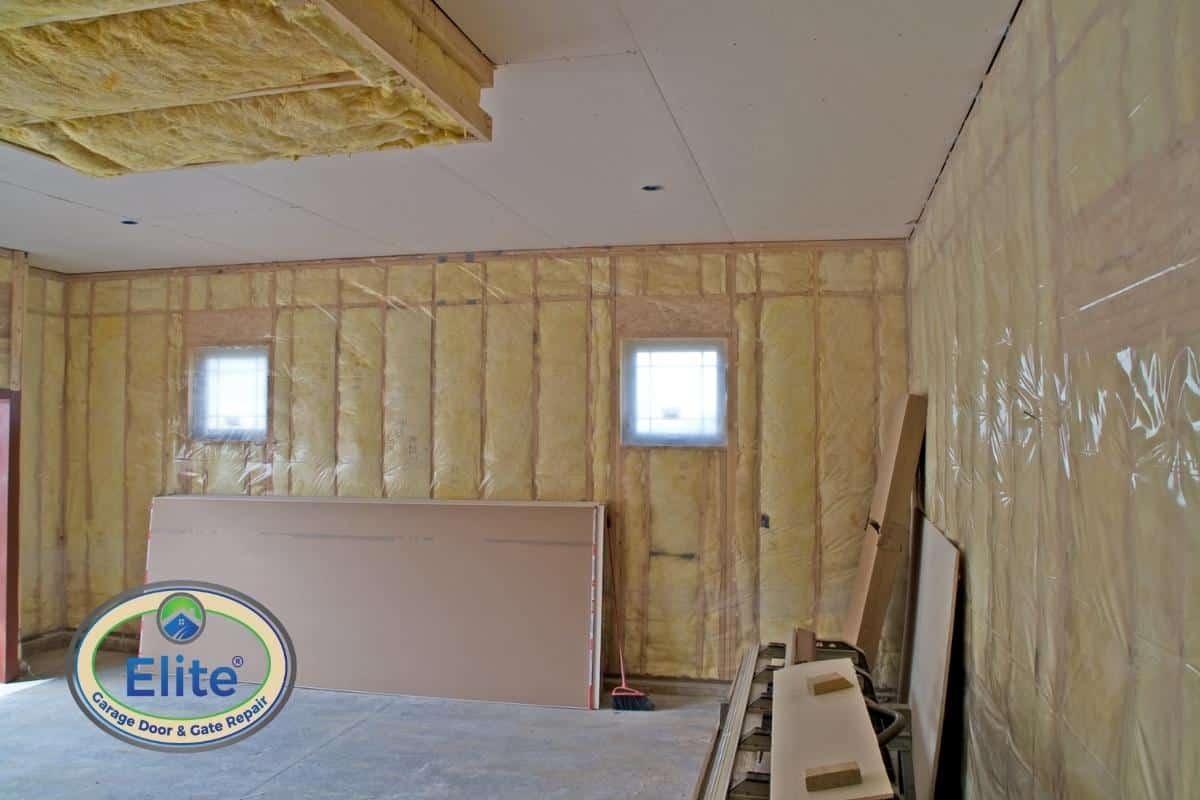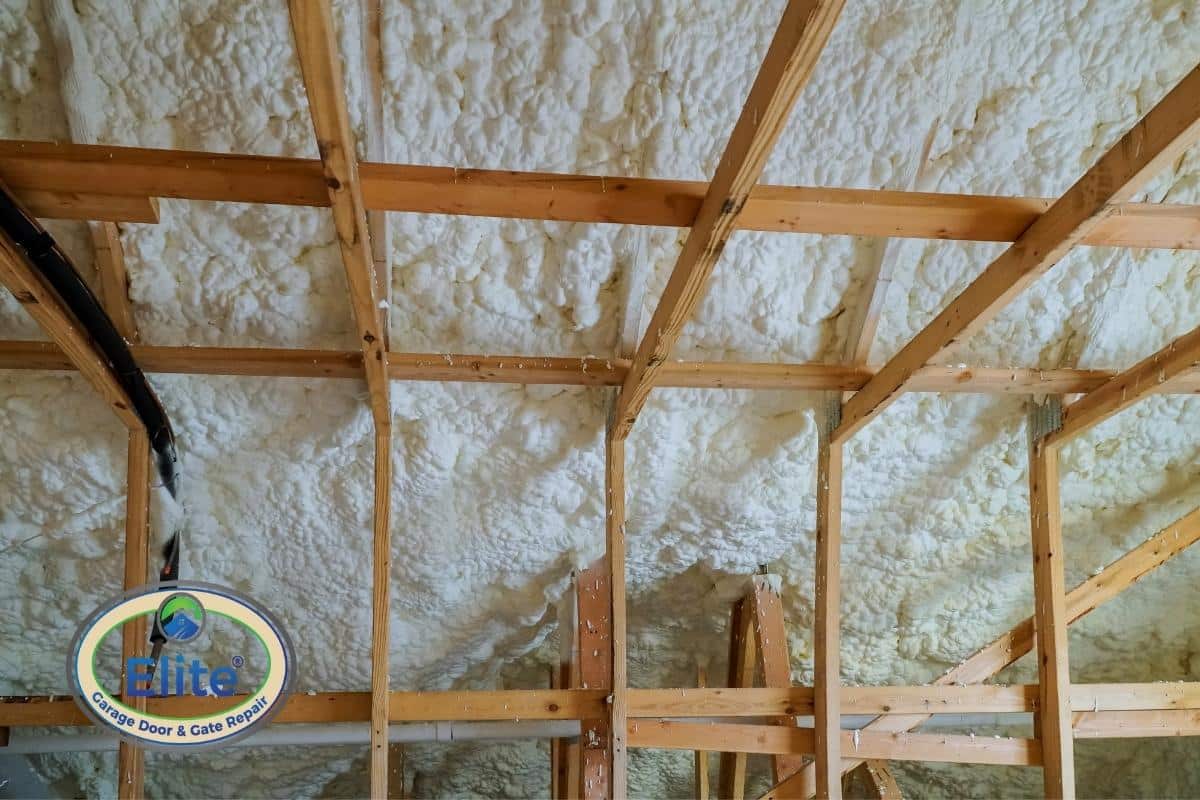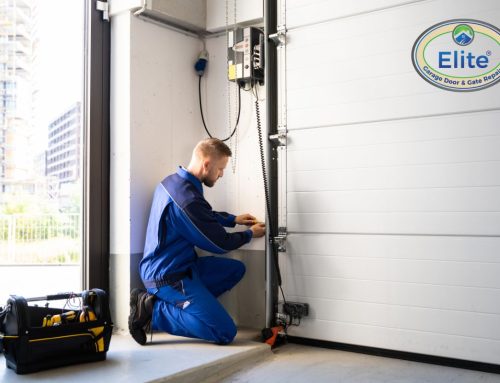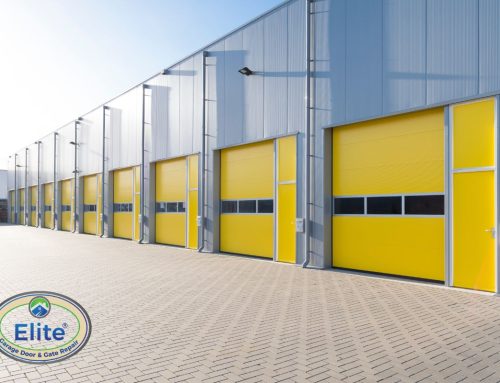When it comes to winterizing your home, there are several factors to consider, including your heating system, exterior landscaping, and much more. That’s why we came up with a checklist to ensure you don’t neglect anything about your garage.
We’ve uncovered the most cost-effective winterization methods to help you save for the holidays. Compared to prior years, you should see a reduction in your utility bills!
Table of Contents
Before You Begin, Make Sure That Your Garage Door Is In Good Working Order.
If there is air penetration in your garage during the winter, the temperature might quickly drop. The key to avoiding this is proper insulation, which keeps the warm air inside and the cold outside. The R-value, which measures the resistance to the conductive movement of heat, expresses the amount of insulation given.
- A high R-value implies that the insulation performs well and retained heat. The amount of insulation required varies based on the space to be insulated and the environment in which you reside.
- The R-value of a floor, for example, is lower than an attic because the latter needs more insulation.
How Much Thermal Insulation Does Your Garage Require?
For connected garages, your garage door serves as an entrance to your house, much like your front door. It has an impact on your home’s interior temperature as well as your energy bills. The following factors determine the proper R-value for your garage:

How Much Thermal Insulation Does Your Garage Require
Insulation
Compared to a Well-insulated Garage with an R-16 thermal resistance, a not extensively insulated garage should find R-12 suitable.
Detachment vs. attachment
If your connected garage does not have an R-value of at least 12, it will harm your heating expenditures. Detached houses are often unheated and need less insulation.
Usage
An R-16 is suitable if you have living space above your garage or wish to turn your garage into a room. If you spend a lot of time in that location, it should have a higher thermal resistance rating.
Materials for insulating
There are two kinds of garage door insulation, each with its own set of characteristics:
- Polyurethane is injected between the face and inner garage door skins as a foam, which expands with heat to cover the gap. The foam fills up all the spaces between the panels since it expands fast, which is a benefit over polystyrene. It’s so thick and robust that it’s twice as resistant to dents as polystyrene.
- Polystyrene, popularly known as Styrofoam, is available in massive sheets that are easy to install and inexpensive. Because it is less thick than polyurethane, it is less efficient at insulating your garage door.
Is Your Home Well-insulated?

Is Your Home Well-insulated?
Ceilings and walls
Material Costs and Quantities vary depending on the amount of insulation needed. Remember that since warm air rises and seeps through the roof, external walls do not have the same R-value as ceilings. Having expert help may help you make the best decision and ensure Optimal Insulation.
Windows
Windows in your garage may provide natural light and improve the room’s aesthetic. However, to keep the cold out, you must correctly install them. There are several window-sealing solutions available for various budgets:
Weatherstrip
Weatherstrip tape is a simple technique to keep the cold out. Cut it to length and wrap it around the frame of your window. You won’t have any air escaping around your windows anymore!
Caulk
Over time, window caulking cracks. That’s why one should check it once a year to see whether it’s separated from the seam. Know which caulk is better to apply in this article.
Treatments for the windows
Add thermal curtains to your home’s decor to make it more inviting. By raising the amount of insulation in your windows and lowering heat loss, the thick material may help you save money on energy.
Reduce condensation in your garage
When water comes into touches a cold surface, such as the garage floor or door, condensation occurs, causing moisture to form. Even though today’s garage doors are well-insulated, there are additional spots to check for leaks.
Water should not be allowed to accumulate on your garage floor.
Ascertain that appropriate drainage is in place to divert water flow away from the garage. To avoid floods and slick ground, your interior floor should also slope. You can detect any cracks or leaks by inspecting them regularly.
Did you know that humidity may make it difficult for your garage to heat? Condensation may potentially cause long-term harm to your garage door. If there is too much condensation in your garage, it may lead to an increase in moisture and germs.
A floor covering and a dehumidifier are two alternatives that may help you avoid such issues and damage to your home’s structure.

To Keep Your Home At A Moderate Temperature, Heat Your Garage.
To Keep Your Home At A Moderate Temperature, Heat Your Garage.
A unit heater, radiant floor heating system, fiberglass batt insulation, and other heating options are available. What are the benefits of keeping your garage heated all year? The following are the key reasons:
- Garage door components and frozen pipes should not be damaged.
- Protect your goods and appliances from the elements.
- Moisture should be avoided.
- Extend the life of your car’s battery
- Optimize the temperature in your home.
Bottom Line
They are, without a doubt, garage door gurus. They have a lot of knowledge and enjoy assisting you in finding the ideal garage door system at the correct price. Be sure to contact Elite Garage Door & Gate Repair Of Lynnwood as soon as possible.































Leave A Comment